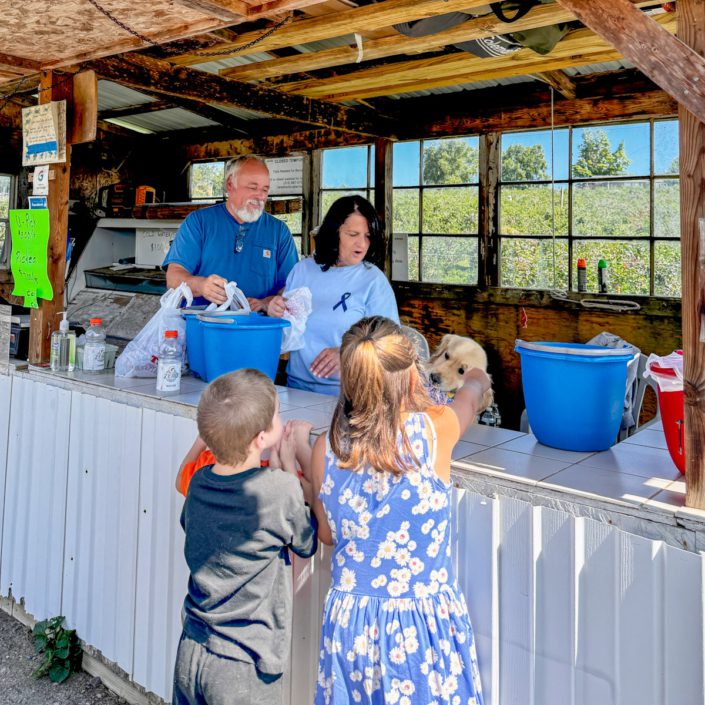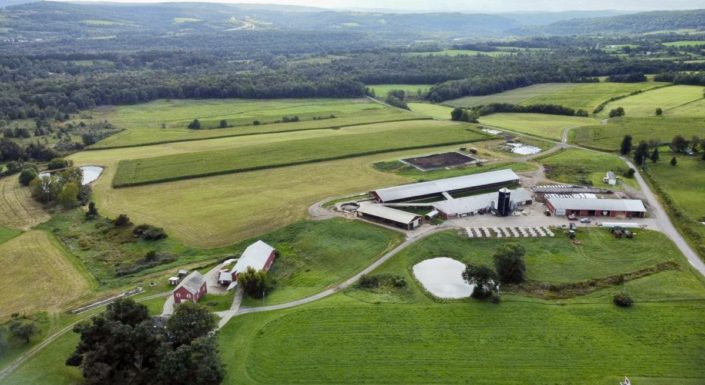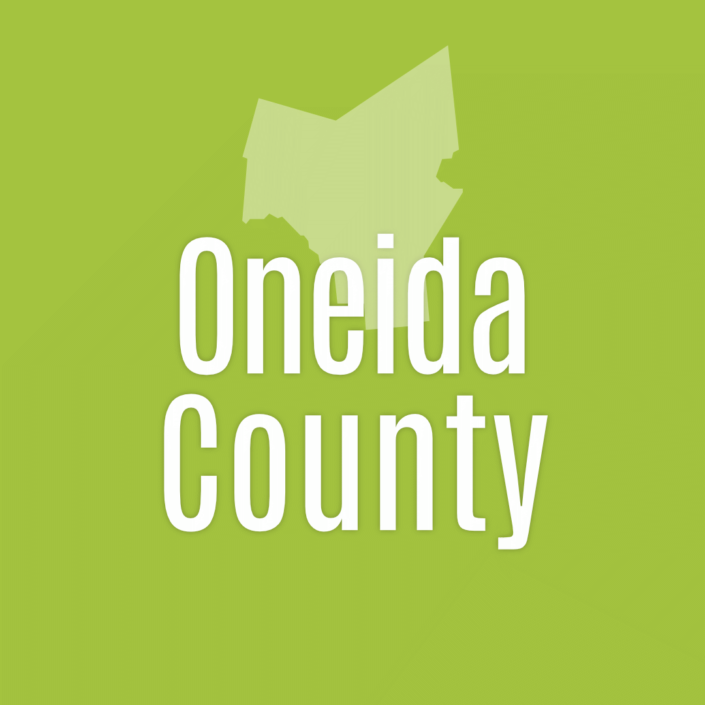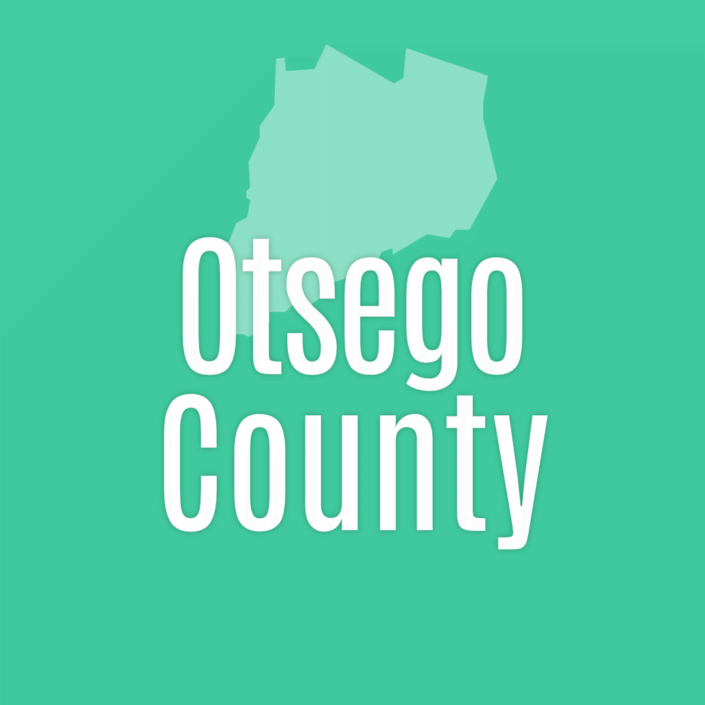The Oneida Indian Nation: A Rich History and Resilient Legacy in New York State
Ancient Roots and Early Encounters
The Oneida Indian Nation, located in central New York State, holds a significant place in American history. With roots tracing back many centuries, the Oneida Nation has demonstrated remarkable resilience and adaptation in the face of significant challenges.
The Oneida Nation, one of the six nations of the Haudenosaunee Confederacy (also known as the Iroquois Confederacy), has inhabited the region now known as central New York State for over a thousand years. Their ancestral lands span across what is modern-day New York, Ontario, and parts of Pennsylvania, originally covering approximately six million acres.
The arrival of European settlers in the 17th century brought significant changes to the Oneida way of life. Initial encounters with the Dutch, were followed by the Palatine Germans, English, French, and later the American colonists, led to complex interactions and diplomatic efforts.
Oneida tradition has it that from the earliest contact with the Dutch, the Oneidas and other members of the Haudenosaunee Confederacy reached agreement on a treaty with the newcomers recorded with a two-row wampum belt. The belt depicts two paths, one for the Oneidas and their Haudenosaunee brothers, and the other for the Europeans. One path depicts a birch bark canoe, representing the Indians, and the other depicts a ship, representing the newcomers from Europe. This was the first formal recognition by non-Indians that the people who already occupied North America were sovereign nations that possessed territorial rights when the Europeans began to share their land. – Oneida Nation Historical Timeline
The Oneida played a pivotal role in colonial conflicts, aligning with the American colonists during the American Revolution.
During the American Revolution, the Oneida Nation sided with the American colonists against the British. Their support proved instrumental, providing vital assistance in battles as well as acting as messengers and scouts. The Oneida were among the first Native American tribes to sign a treaty with the newly formed United States in 1784, which established a formal alliance and recognized the Oneida Nation’s sovereignty.
In the 19th century, the Oneida Nation faced immense pressure from westward expansion and government policies aimed at assimilation. The Indian Removal Act of 1830, which forcibly relocated numerous Native American tribes along with subsequent policies led to the erosion of their lands and self-governance. The Dawes Act of 1887, which sought to divide communal Native American lands into individual allotments, had a profound impact on the Oneida Nation. (For a historical timeline, please visit https://www.oneidaindiannation.com) Despite these challenges, the Oneida continued to adapt, maintaining cultural practices and traditions while navigating the rapidly changing landscape.
Land Claims and Restoration
In the 20th century, the Oneida Nation embarked on a legal journey to reclaim their ancestral lands. In 1974, they filed a land claim against the State of New York, asserting that their lands were wrongfully taken. This marked the beginning of a protracted legal battle that ultimately led to significant victories for the Oneida Nation. In 2008, after decades of litigation and negotiations, the Oneida Indian Nation and the State of New York reached an historic settlement. This agreement recognized the Nation’s sovereignty, restored 13,000 acres of land, and solidified their status as a thriving, self-governed entity.
Today, the Oneida Indian Nation is a vibrant community that continues to preserve and celebrate its rich cultural heritage. The Nation’s enterprises, including Turning Stone Resort Casino, Yellow Brick Road Casino, and several hospitality and retail ventures, play a crucial role in the local economy and contribute to the broader Central New York region. Economic strides include, but are not limited to, tax stabilization, creation of jobs and businesses, vendor spending, and more.
Furthermore, the Nation is committed to philanthropic efforts, supporting various educational, health, and cultural initiatives both within their community and beyond. Their contributions have had a positive impact on the region, fostering partnerships and enhancing the quality of life for many. One of the most recent examples is the historic partnership between The Oneida Indian Nation and Upstate University Hospital to open The Upstate Cancer Center which will bring outstanding cancer care and healing in Verona, NY.
“The cancer center is the first of its kind, an advanced medical facility constructed on tribal lands through a partnership between a tribal nation and the State of New York to serve Nation Members and all residents of Oneida and Madison Counties. With its cutting-edge technology and leading healthcare providers, the center is an incredible step forward in healthcare for all of Central New York.” -Oneida Spokesperson
The Oneida Indian Nation’s journey from ancient roots to the present day is a testament to their resilience, adaptability, and enduring commitment to their cultural heritage. Through centuries of challenges and triumphs, the Oneida Nation stands as a symbol of Native American strength and determination, leaving an indelible mark on the history of New York State and the broader United States.



















 2024 Boilermaker Special Registration Events a Success, Photo provided by Boilermaker Road Race, Inc.
2024 Boilermaker Special Registration Events a Success, Photo provided by Boilermaker Road Race, Inc. Photo by Sarah Rogers
Photo by Sarah Rogers